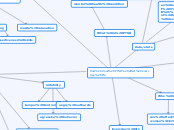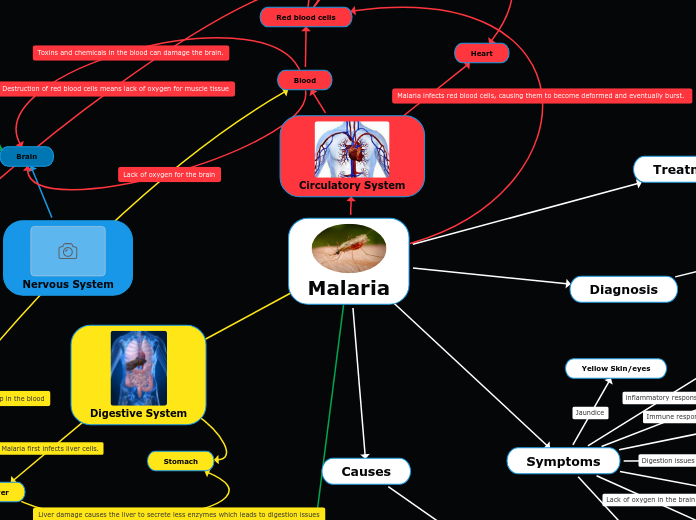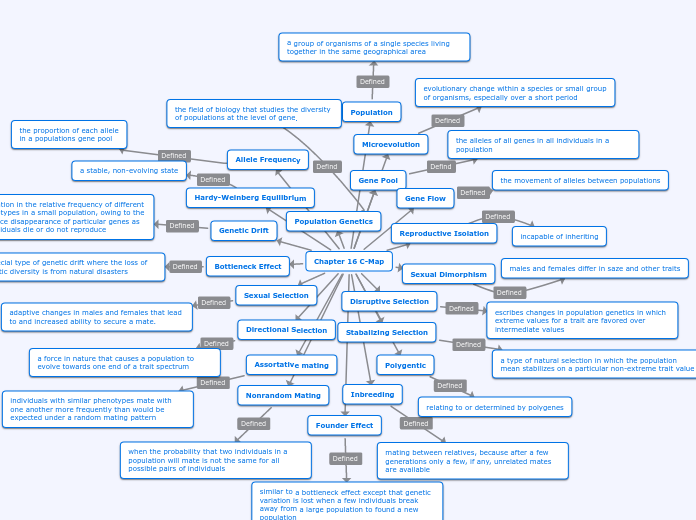作者:Ivy Nguyen 3 年以前
338
Von Willebrand Disease (VWD) - Blood disorder where blood does not clot properly
Von Willebrand Disease (VWD) is a genetic blood disorder characterized by improper clotting due to insufficient or dysfunctional Von Willebrand Factor (VWF). It affects both males and females equally and can be inherited from either parent.









